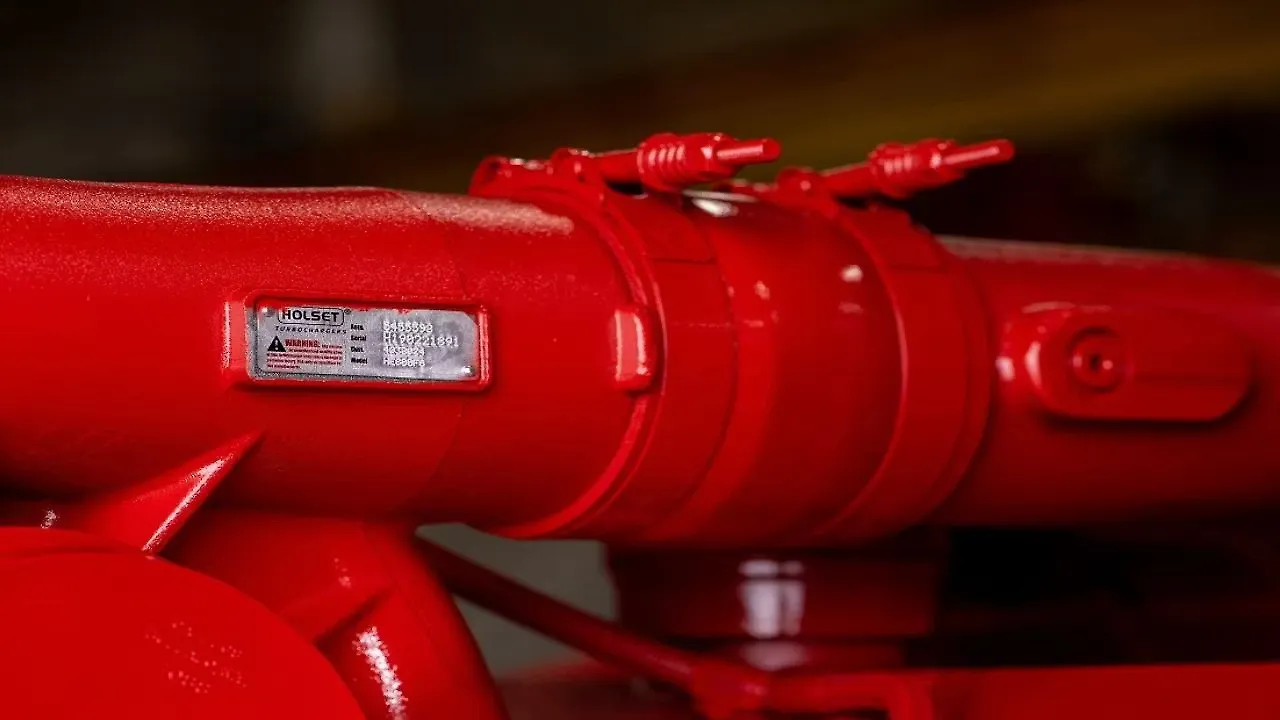
In the realm of engine optimisation, turbochargers play a pivotal role, significantly enhancing both on-highway and off-highway engine performance. As a leading player in this space, Cummins takes centre stage, offering a diverse range of turbochargers crafted to cater to an extensive array of engine requirements across various applications.
Turbochargers, known for their ability to boost engine power, improve fuel efficiency, and contribute to reduced emissions in internal combustion engines (ICE), are indispensable components in modern engine design.
There are three types of turbochargers- Fixed Geometry Turbochargers, Wastegate Turbochargers and Variable Geometry Turbochargers. Engine manufactures consider several factors when choosing the type of turbocharger that is best for their engine and application.
Engine manufacturers face crucial decisions when selecting the most suitable turbocharger for their engines and applications. Factors such as power requirements, fuel efficiency goals, and emission reduction targets all come into play during this critical decision-making process.
Ensuring the optimal performance of a turbocharger before installation in an engine is a critical step in the manufacturing process. This involves thorough testing through two primary methods: cold testing and hot testing. With a growing emphasis on sustainable practices, cold testing has become instrumental in achieving this goal.
Key Difference Between Hot & Cold Testing
Hot testing involves placing the turbocharger in a specialised test cell, where it undergoes monitoring to assess its performance within an engine-simulated environment. This method offers valuable insights into the turbocharger's functionality under real-world conditions. However, it may not match the effectiveness of cold testing in defect identification. Cold testing, with its primary emphasis on pinpointing potential leaks, provides precision in this aspect. This advantage in leak detection distinguishes cold testing as a superior method compared to hot testing.

Benefits Of Cold Vs Hot Testing
Cummins emphasises the efficiency of cold testing, attributing it to the swift detection of manufacturing and supplier defects through the use of plant air pressure to spin the turbocharger. This streamlined approach accelerates the testing process while minimising the risk of overlooking potential issues that may affect the turbocharger's performance.
The company underscores the environmental advantages of cold testing compared to hot testing. While hot testing requires the use of an engine burning fossil fuels with associated carbon emissions, cold testing utilises plant air pressure, leaving a minimal carbon footprint. As the transportation industry seeks more sustainable practices, the reduced environmental impact of cold testing aligns well with these goals.
The engine maker asserts that the benefits of cold testing extend to end customers by offering heightened efficiency and precision in defect detection. Turbochargers subjected to cold testing are less likely to encounter issues in the hands of end-users, resulting in fewer maintenance concerns, reduced downtime, and a more reliable product. By ensuring the quality and durability of turbochargers through cold testing, Cummins Turbo Technology (CTT) can deliver a product that meets the high standards and expectations of their customers.
According to Cummins, cold testing is considered a safer alternative to hot testing for turbochargers. In hot testing, diesel fuel is ignited to heat up the turbocharger inside the testing cell, introducing inherent risks for operators exposed to chemicals like coolants and oils used in regular operations. Additionally, the hot test cycle poses a risk of burns, as various components of the turbocharger reach extreme temperatures.
Cummins adopted cold testing in 2015, and the outcomes have been significantly positive. Testing an average of 12,000 turbos per week, the company has successfully expanded its operations while upholding rigorous quality controls, guaranteeing that each product meets the highest standards.
Enhanced Defect Detection
A noteworthy accomplishment attributed to the implementation of cold testing is the substantial reduction in BIS PPM (a measure of defects in the production process). Since the integration of cold testing, there has been a remarkable 60% decline in BIS PPM, underscoring the method's precision in identifying and rectifying defects. This noteworthy decrease serves as evidence of the effectiveness of cold testing in maintaining the quality and dependability of turbochargers.
Reduced Cycle Time
Moreover, the efficiency of cold testing can be observed by the significant difference in cycle time compared to alternative methods. While hot testing procedures might consume up to 30 minutes per product, cold testing dramatically reduces this duration to a mere 75 seconds. This expedited process enables the engine maker to test a higher percentage of products in a shorter timeframe, ensuring consistent quality across the board and meeting the demands of a dynamic market.
In the assessment of optimal turbocharger testing methods, cold testing presents numerous advantages over hot testing. With a focus on efficiency, environmental considerations, and customer benefits, cold testing offers a streamlined approach to ensure turbochargers are road-ready. Cold testing has also empowered Cummins to enhance the efficiency of its turbocharger testing processes.
Also Read:
Tata Cummins Subsidiary Unveils Facility For Hydrogen-based Engine Production